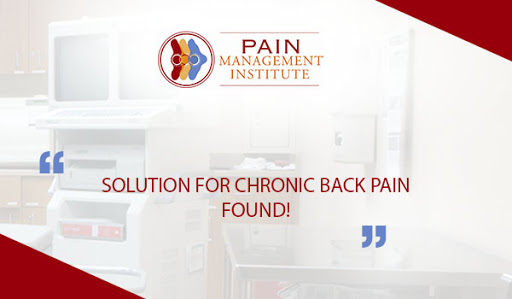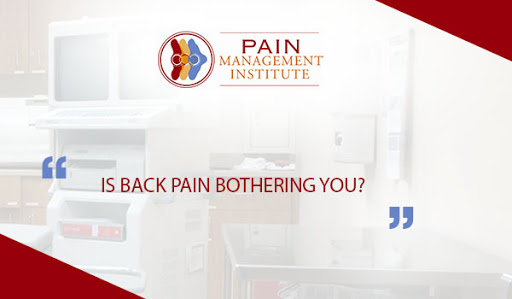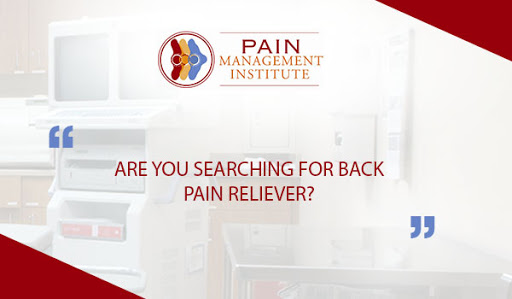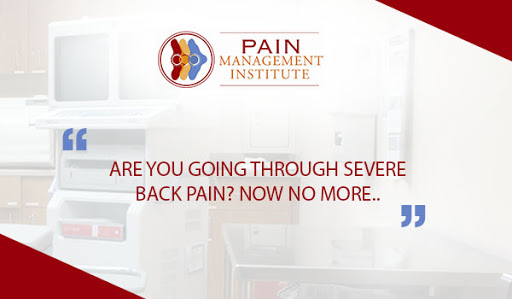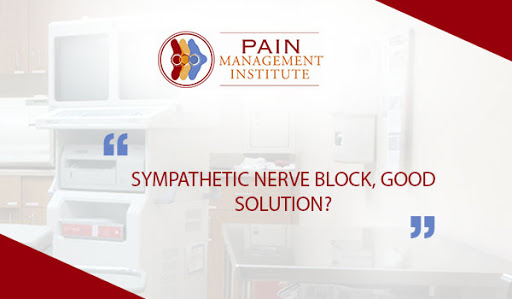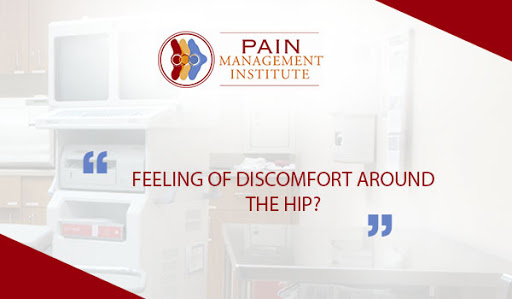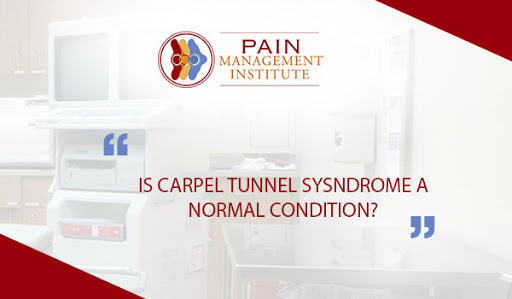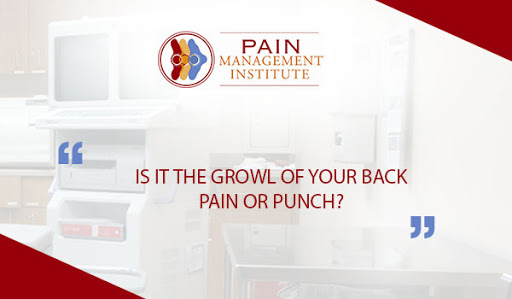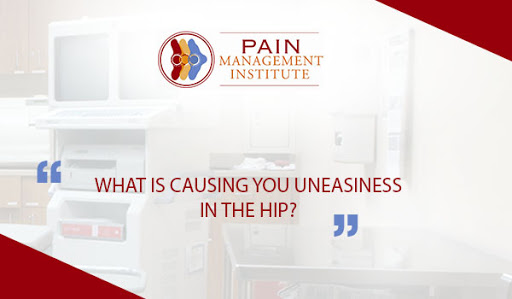Whether you have been percieving pain for two weeks or two decades, Pain Management Institute will work with you and your insurance provider to deliver valuable treatment at the source of pain instead of highlighting the symptoms.
Below is an outline of an pioneering measure, how doees it work and the types of patients who may be candidates to make sure you understand the benefits and risks associated with the process of Racz Epidural Neurolysis.
RACZ caudal neurolysis is an injection method which is frequently used to cure leg and back pain as a consequence of scar tissue as result of a prior surgery. This scar tissue can compress the spinal nerves and send burning pain all the way through the legs and causes unbearable pain in the lower back.
Pain Management Institute specializes in accurately diagnosing and treating the cause of painful conditions to stop them from coming back. It provides adapted treatments and integrative medicine to find the cause of your pain rather than just treating the pain symptoms.
Racz Epidural Neurolysis can evade the necessity for spinal surgery among the patients who are suffering chronic back pain and sciatic pain. This process invloves passing the Racz epidural catheter into the epidural space and injecting medicine directly at the place of nerve injury or adhesion to reduce the pain and break up adhesions generally in patients who have already had surgery.A catheter is positioned in the epidural space through which a solution of medication and local anesthetic can give profound analgesia. It is most favorable to place the epidural catheter close to the patient’s painful dermatome as possible.
The procedure is carried out with the patient lying face down with a cushion placed underneath the stomach. Back pain is intricate and has many causes. Experience of interventional pain therapy for chronic back pain has revealed that the pain is time and again due to a build up of scar tissue either from injury, disc herniation, or previous back surgery. This can be weakening, relentlessly limiting your aptitude to execute physical activity and trims down your aspiration to live your life to its fullest. The objective of the physicians and team at Pain Management Institute is to treat the source of your pain so that you can get back to living!
Prior to the procedure, your pain physician will evaluate your MRI in order to recognize which nerves are likely affected and are accountable for your pain. This injection process has the possiblity to provide instant and considerable long term liberation from chronic pain and discomfort in the lumbar spine. The process normally takes between 30 and 60 minutes. It can be done once, or in a series of up to three injections in a twelve-month period.
Taken as a whole, this method is safe. Nonetheless, with any procedure there are risks, side effects, and the possibility of complications. Luckily, the serious side effects and complications are rare. The immediate effect is generally from the local anesthetic that was injected. This effect will more often wear off in a few hours. The cortisone usually starts working in about 3 to 7 days and the effect can last for several days up to a few months.

